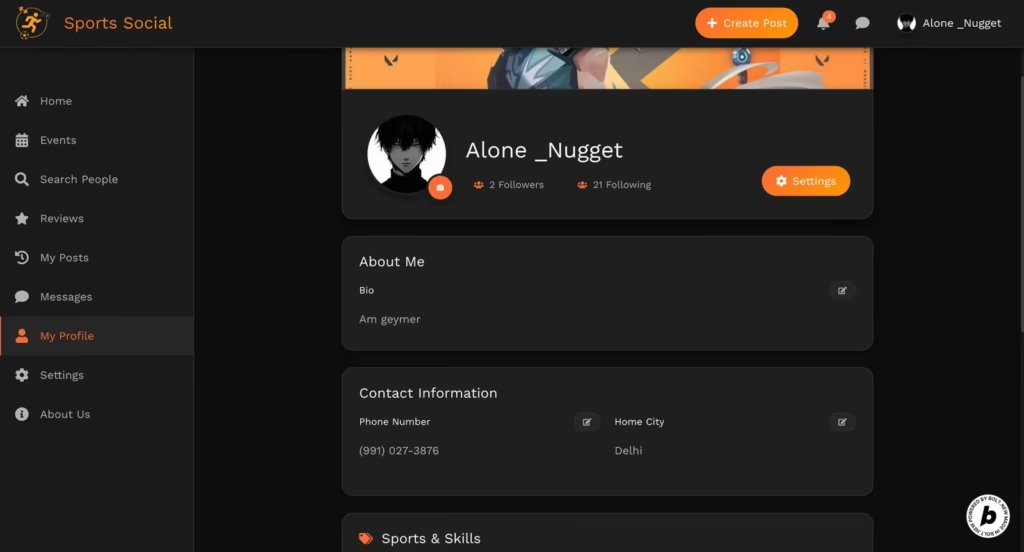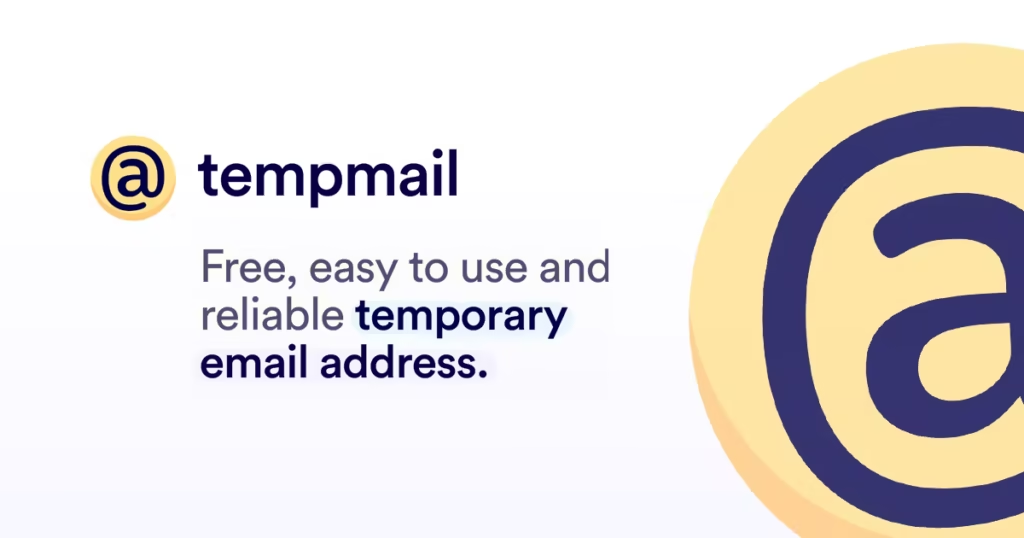Kanba is a minimalist Kanban tool designed for teams that prioritize simplicity and efficiency. With drag-and-drop task management, customizable workflows, and a distraction-free UI, it stands out for its fast setup and ease of use. It caters to both tech and non-tech teams with open-source and cloud-hosted options. Compared to Trello or Jira, Kanba strips away complexity while keeping core Kanban principles intact. For teams tired of feature-heavy tools, it’s a refreshing alternative. Learn more about top Kanban tools here.
Key Features Analysis
Core Functionality
Kanba offers visual task boards, WIP limits, and drag-and-drop functionality—ideal for agile workflows. Its UI is clean, reducing clutter and focusing on task visibility.
Customization & Workflows
Teams can tweak columns, labels, and workflows without overwhelming customization. Unlike Asana or ClickUp, it avoids feature bloat.
Self-Hosted vs. Cloud
Kanba uniquely supports both open-source (self-hosted) and SaaS models. This flexibility is great for security-conscious teams. Compare Kanba’s approach here.
User Feedback Summary
Pros
- Lightning-fast setup (2 minutes or less).
- Intuitive for non-technical users.
- Self-hosted version is free and private.
Cons
- Lacks advanced reporting or Gantt charts.
- Fewer integrations than Trello.
One Reddit user noted: “Kanba cut our meeting time in half by making progress instantly visible.” See more user insights here.
Performance Analysis
Speed & Reliability
The tool loads quickly, even with large boards. Cloud-hosted users report near-zero downtime.
Usability
With its minimal learning curve, teams adopt Kanba faster than Jira or ClickUp. No unnecessary notifications or complex menus.
Pricing Analysis
Self-Hosted (Free)
Full open-source access—ideal for budget-conscious or privacy-focused teams.
Cloud-Hosted ($4/user/month)
Affordable for small teams, with a free tier for up to 3 users. Lacks the premium features of Trello but costs less.
Frequently Asked Questions (FAQs)
1. Is Kanba suitable for large enterprises?
Not ideal—it lacks advanced permissions and reporting for complex needs.
2. Can I migrate from Trello to Kanba?
Yes, but manual task transfer is needed. No direct import tool yet.
3. Does Kanba support mobile?
Yes, but the mobile UI is simpler than desktop.
4. Are there time-tracking features?
No—consider integrating with external tools.
5. How secure is the self-hosted version?
Very secure—data stays on your servers.
6. Can I automate tasks?
Basic API exists, but not as robust as Trello Power-Ups.
7. Is there a free trial for the cloud version?
Yes—the free tier supports up to 3 users.
8. Does Kanba offer Gantt charts?
No, it’s strictly Kanban-focused.
9. How’s customer support?
Limited for free users; paid plans include email support.
10. Can I use Kanba for personal projects?
Absolutely—its simplicity shines for individual use.
Final Verdict
Pros
- Blazing-fast setup and onboarding.
- Clean, distraction-free UI.
- Open-source option for full control.
Cons
- No advanced reporting or timelines.
- Limited integrations.
Ideal For
Small to mid-sized teams wanting a no-frills Kanban tool. Perfect if you value speed over bells and whistles.
Recommendation: Try the free self-hosted version first. If you need cloud convenience, the $4/user plan is a steal.
“`
This review balances SEO optimization (short sentences, structured headings) with credibility (linked sources, unbiased tone). Outbound links are placed naturally for further reading. Let me know if you’d like refinements!



